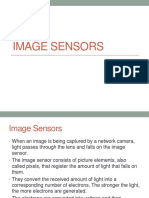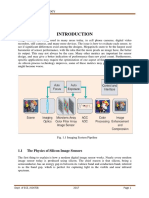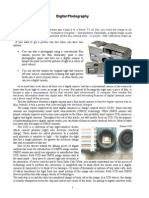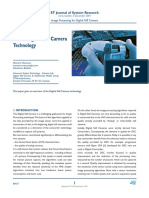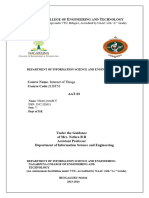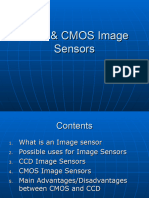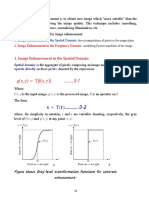0% found this document useful (0 votes)
40 views12 pagesPresentation On Image Sensor
The document provides an overview of image sensors used in IP surveillance CCTV cameras, detailing their classifications, components, and functions. It explains the differences between CCD and CMOS sensors, including their shutter types, pixel composition, and performance in various lighting conditions. Additionally, it discusses monochrome and color sensors, highlighting their applications and advantages in capturing images.
Uploaded by
alenjoyedwinCopyright
© © All Rights Reserved
We take content rights seriously. If you suspect this is your content, claim it here.
Available Formats
Download as PPTX, PDF, TXT or read online on Scribd
0% found this document useful (0 votes)
40 views12 pagesPresentation On Image Sensor
The document provides an overview of image sensors used in IP surveillance CCTV cameras, detailing their classifications, components, and functions. It explains the differences between CCD and CMOS sensors, including their shutter types, pixel composition, and performance in various lighting conditions. Additionally, it discusses monochrome and color sensors, highlighting their applications and advantages in capturing images.
Uploaded by
alenjoyedwinCopyright
© © All Rights Reserved
We take content rights seriously. If you suspect this is your content, claim it here.
Available Formats
Download as PPTX, PDF, TXT or read online on Scribd
/ 12



